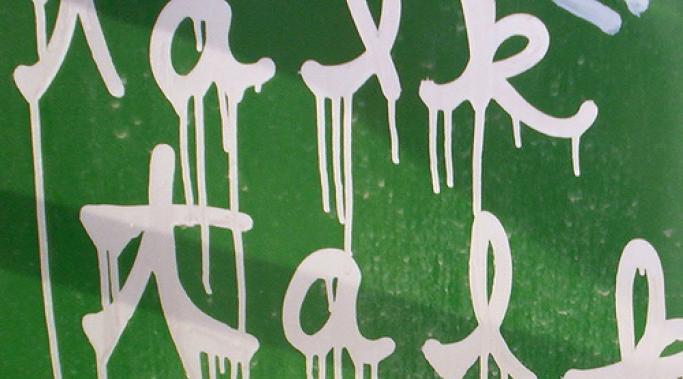Decreasing dissociation in dissociative identity disorder (DID) relies on actively increasing awareness of the world around us. Dissociation is the process by which we separate ourselves from our experiences, memories, bodies, and very selves. When we're dissociating, we're disengaged from some or all of our own reality.
It's not inherently a bad thing; I truly believe dissociation serves a valuable purpose, and not just in traumatic circumstances. But there's no doubt that the chronic, severe dissociation intrinsic to dissociative identity disorder is problematic, disruptive, even at times actively destructive. By increasing awareness, by being more fully present in our bodies and minds, we can mitigate the damaging effects of dissociation.
DID Treatment
The Courage to Heal is a self-help book – “A Guide for Women Survivors of Child Sexual Abuse” - that has enjoyed widespread popularity among both those living with Dissociative Identity Disorder and many of their treatment providers since its first publication in 1988. I first read it six years ago and found it helpful in some ways. But subsequent readings have illuminated for me the book’s biggest flaw: its reckless approach to traumatic memory.
When I was first diagnosed with Dissociative Identity Disorder, I did what I always do when faced with something I have no idea how to handle: I went to the library. As a rule, I don't read autobiographical accounts of DID but I voraciously digested everything else I could get my hands on. Most of the literature agreed on the basics of Dissociative Identity Disorder treatment, including the consistent message that establishing internal communication is an essential first step, second only to stabilization. "Ask inside" quickly became the most irritating, eye-roll inducing directive I heard. I hated it for one reason: it didn't work.
Last night I listened to the HealthyPlace Mental Health Radio Show interview with Sarah Olson, the author of Becoming One: A Story of Triumph Over Multiple Personality Disorder. She talked about her integration experience and I greedily took in every word. Here was someone who had achieved what was once my most fevered wish. After I got over the initial shock of my Dissociative Identity Disorder diagnosis, my focus narrowed to one elusive, coveted dream: the complete integration of alters. This shining promise of a cohesive, unified identity was all I wanted out of Dissociative Identity Disorder treatment.
My friend Dana recently moved to a new city and has searched fruitlessly for a therapist for months. Finding quality treatment for dissociative identity disorder (DID) is often one of the most frustrating challenges of living with DID. Despite the fascination it holds for many people, DID isn't widely understood, even among mental health professionals. Like so many others, Dana is in a position where she may have to choose between an inexperienced therapist and no therapist at all.


